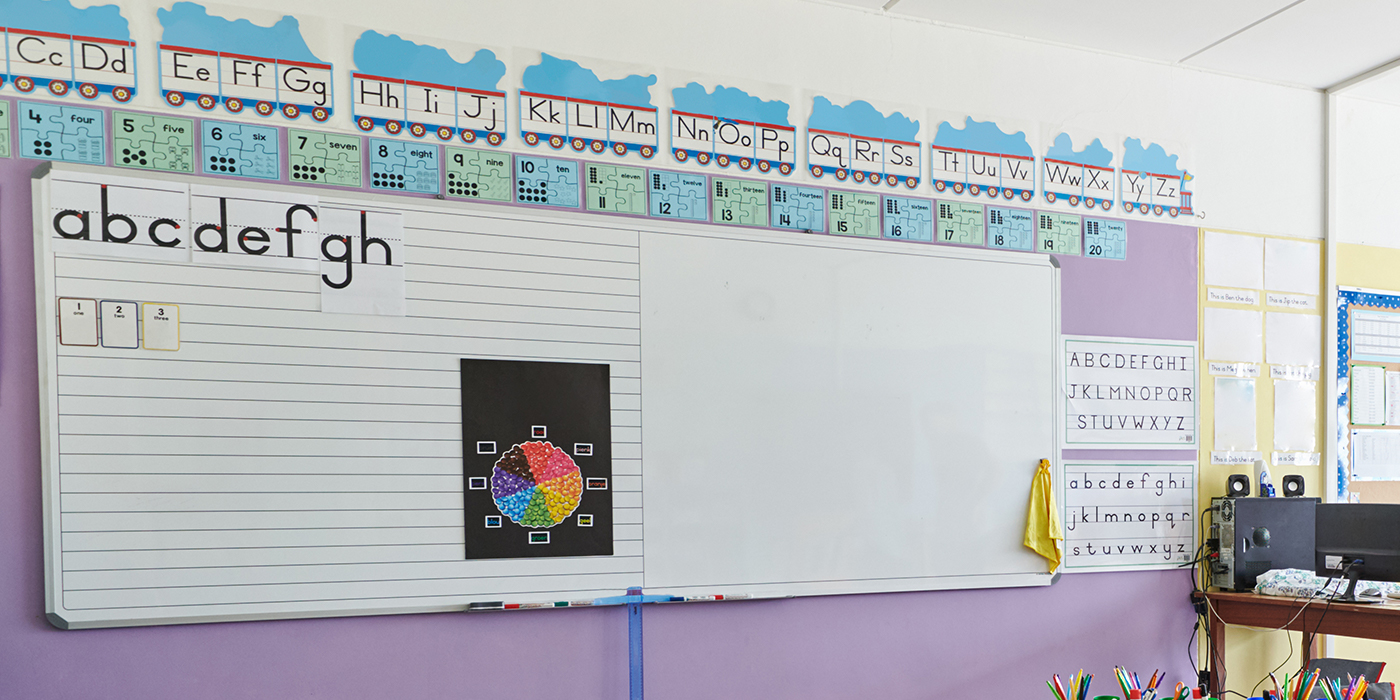Kindergarten is more than just a year of play. Kids this age work hard and learn a lot in a very short time—but they don’t do so by sitting silently at their desks all day. Rather, great kindergarten classrooms give children the opportunity to grow and develop through play, which is how children learn best.
As teacher Sharon Taylor describes it, kindergarten “is a time for children to expand their love of learning, build knowledge, develop their ability to get along with others, and explore ways of reaching out to the world.”
So what should you see, hear, and feel upon entering a classroom where all these things are happening? Here are Taylor’s top tips.
What You Should See
When you enter a great kindergarten classroom, you should see children playing and working with materials such as magnifying glasses, puzzles, magnets, and more. These manipulatives may be fun, but they also help students learn valuable lessons as they experiment and problem-solve, independently and in groups.
There should be learning centers set up around the classroom for students to explore. The classroom should also have an abundance of books, words, letters, numbers, and other instructional aids. Student work should be neatly displayed throughout the room, which gives children a sense of accomplishment and makes the classroom feel more like their own.
At times, you will be meeting with small groups of students to address their individual needs. Differentiated instruction should be evident, and activities should be designed to meet the needs of all students in the classroom.
What You Should Hear
You shouldn’t expect silence, as great kindergarten classrooms are rarely quiet! Kindergarteners have rapidly growing vocabularies, and many are developing the power to express ideas. When you provide young children with opportunities to talk about what they are learning, they are better able to construct meaning and learn from their experiences.
You should hear children working together, problem-solving, and sharing ideas and activities. Music should also be part of a thriving kindergarten classroom as children love to sing and chant songs, poems, and more. If you use a song to teach a concept, kids tend to remember it, and they are better able to retain the skills they’ve learned.
And of course, you should aim to read to students throughout the day. One of the most important things you can do to prepare children for success in school is to read aloud to them.
Read-alouds help build listening skills, comprehension skills, and so much more. At other times, you should hear students reading to themselves, to other students, or to the teacher.
Above all else, you should hear giggles—because learning in kindergarten is lots of fun!
What You Should Feel
A great kindergarten classroom should feel warm and welcoming. The development of self-esteem is an essential goal of kindergarten, and each student should feel that what they have to offer is important.
The right classroom environment should help students feel good about who they are and confident in their ability to tackle the challenges of learning.
The classroom should be neat and orderly so everyone can feel comfortable and at ease. Above all, kindergarten should be a friendly, non-threatening place where students feel safe and secure. Kindergarten teachers must be sure to foster an atmosphere of mutual respect where everyone can thrive.
When the sights, sounds, and feelings of kindergarten align, they lay the foundation for learning. Great kindergarten classrooms—and the teachers who lead them—help prepare children for success in elementary school and far beyond.
Shop popular kindergarten essentials below! You can find all books and activities at The Teacher Store.
